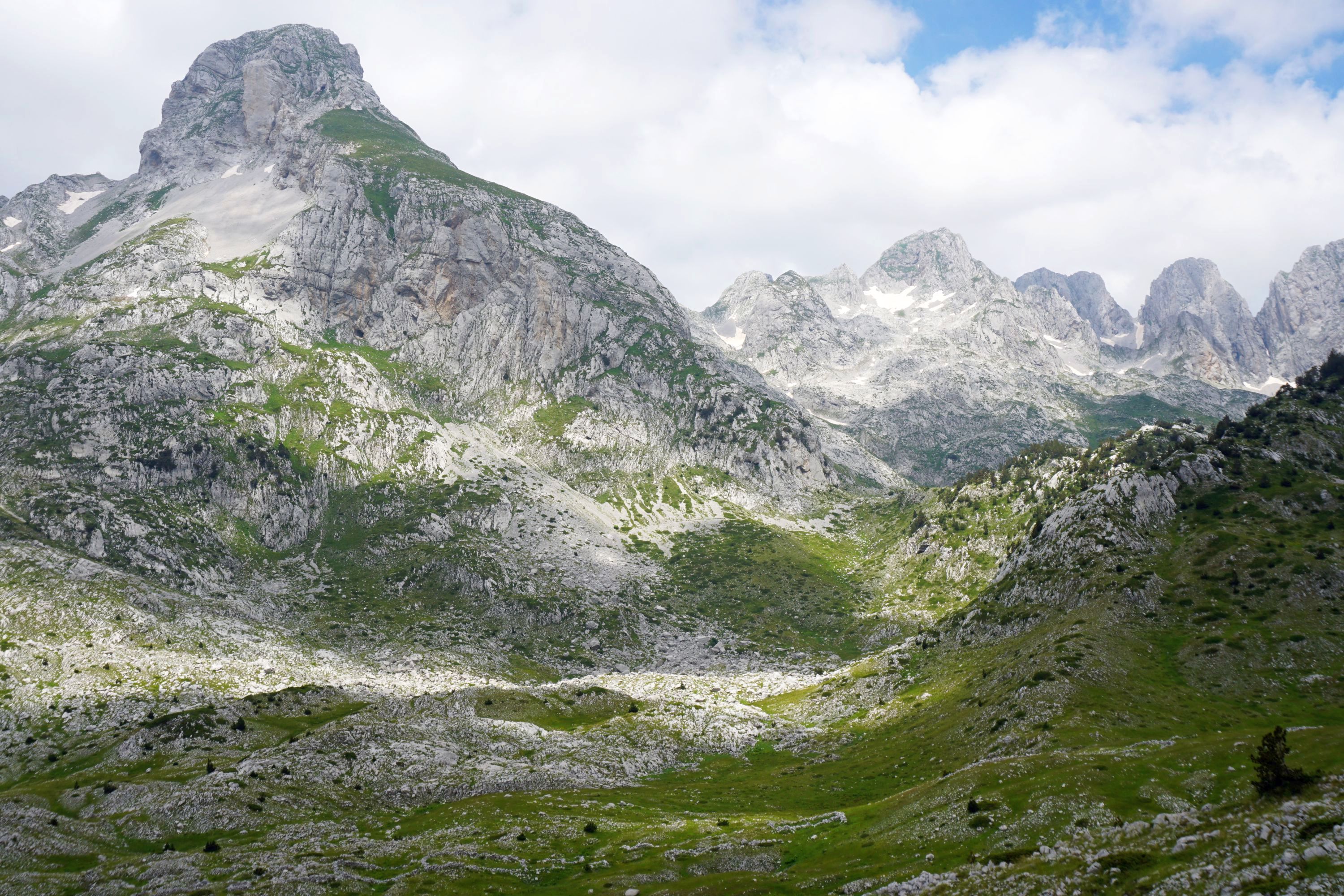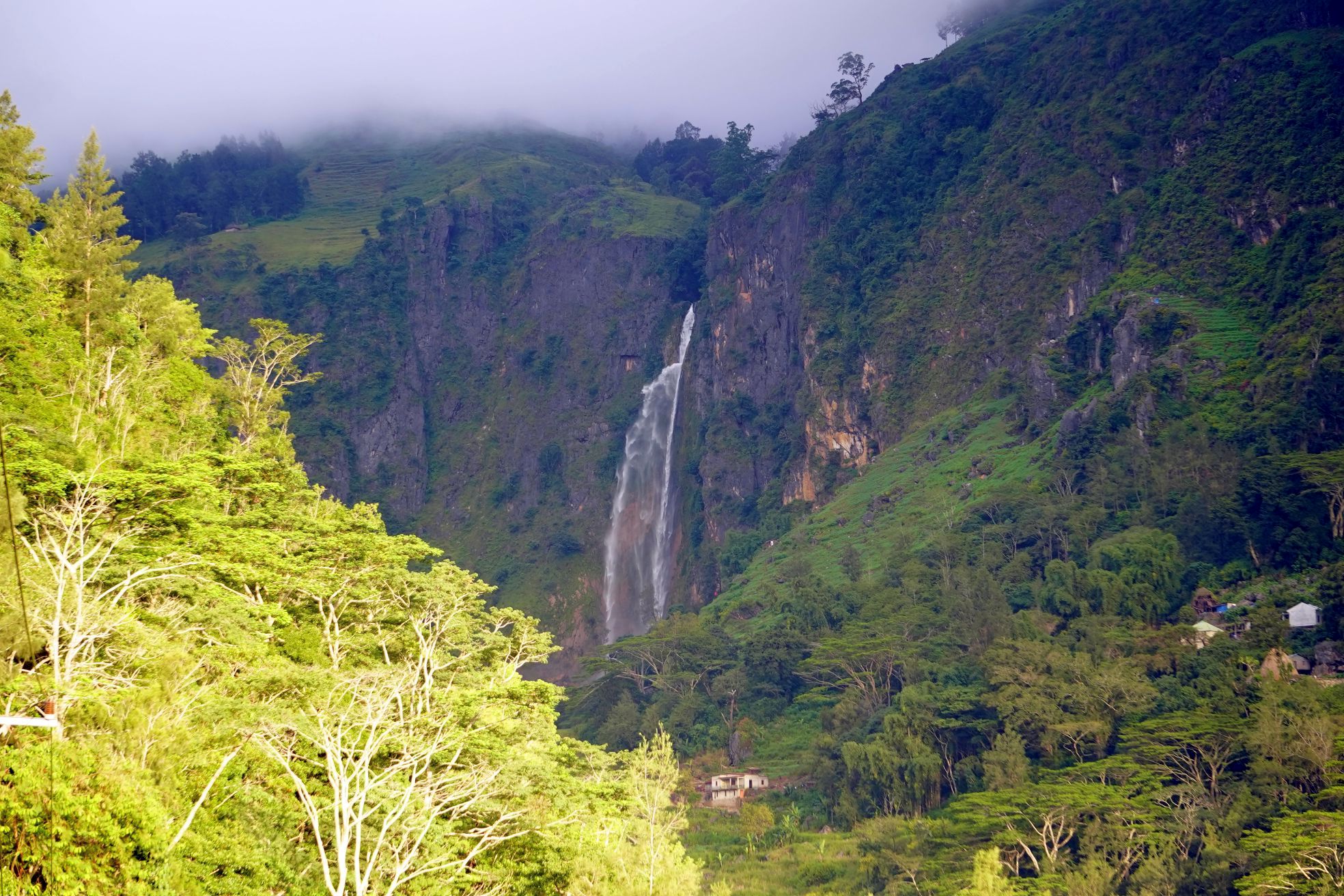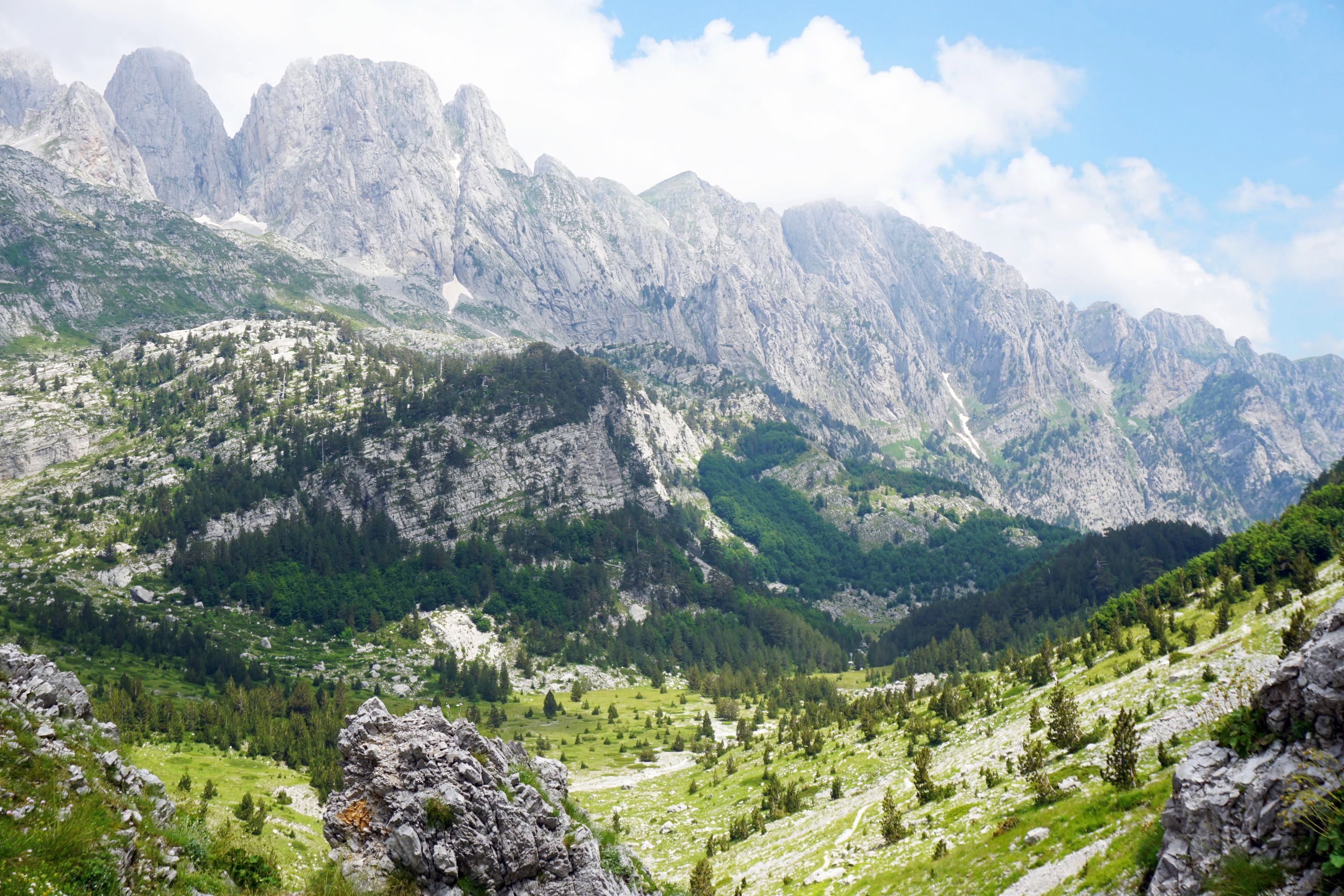A far more ‘normal’ country than I was expecting, Myanmar was a fascinating place to spend a couple of weeks. I did the standard tourist circuit though the centre (Yangon, Bagan, Mandalay, Kalaw, and Lake Inle) but did spend a couple of days at a rural community lodge near Myaing. There are terrible things happening in the border regions, and the military still have a lot of power in the country, but the typical tourist experience is far removed. Here are some of the things I learnt about Myanmar during my travels.
Unexpectedly the food in Myanmar was the spiciest I’ve had in South East Asia, with my first meal I had, a vegetable salad, inedibly spicy for my palate. After that I was very careful to ask for not spicy when ordering. I can deal with a bit, but not local strength…
It seems that nowhere in South East Asia is immune to flash shopping malls, with a particularly upmarket example in Yangon next to the Bogyoke Aung San Market. I didn’t see any outside of Yangon though, even in the second largest city of Mandalay.


There was far more religious diversity than I expected, particularly given well publicised tensions between different ethnic and religious groups. Even in the relatively small mountain town of Kalaw there was a sizeable mosque, and in Yangon there were huge churches, many mosques, a Chinese temple, Hindu temples, and a synagogue, alongside so many Buddhist temples, pagodas and monasteries.






There was much less of a military presence than I expected from the media and books I’ve read on Myanmar, though many dated from before the previous elections were held. It felt much like any other South East Asian country to be honest.
I’ve never been anywhere that makes such extensive use of stickers. Many of the paid tourist sites and domestic flights require you to wear them. I nearly got escorted out of Shwedagon Pagoda by security when mine fell off…

After visitor numbers grew from 1 million in 2012 to over 4.5 million in 2015 they’ve fallen ~30% recently with the ongoing unrest in the border regions of Myanmar. As a tourist destination Myanmar is perfectly safe to visit in the central areas. The drop in numbers isn’t good for the locals but improves the visitor experience, though places like Bagan and Lake Inle seem still popular.

Don’t drink the tap water (or clean your toothbrush in it) but free drinkable water is available almost everywhere. It’s a good Buddhist deed to donate water so jars of it can be found alongside roads, and seemingly every airport, museum, and temple has water machines.

They have one UNESCO World Heritage site, but it isn’t Bagan, despite being the most famous image of Myanmar. The military junta were rather heavy handed restoring the temples, and building new hotels in the archaeological zone. The one they have is the Pyu Ancient Cities of Hanlin, Beikthano and Sri Kestra, though there are 16 sites on the tentative list, including Bagan.

I’d forgotten how cheap South East Asia is. Despite Myanmar being a little more expensive than some I covered all of my meals, entrance fees and taxis over two weeks from one trip to the ATM, getting out the maximum of 300,000KS (USD200).
At many sights you need to pay extra to take a camera in (gaining another sticker or camera tag) but you never need to pay to take in a phone.
Take plenty of wet wipes with you for visiting for temples, pagodas and monasteries, as you’ll need to take your shoes and socks off before entering. Generally you’ll just get rather dusty feet but sometimes worse, particularly at Mt Popa near Bagan which is infested with monkeys.

I’ve never seen so many street dogs than in Myanmar. They generally weren’t aggressive but particularly in the evenings they would start to gather in packs to roam. The worst spots were Kalaw and Nyuangshwe by Lake Inle.


Look out for stickers on backs of cars, most of which are second or third hand from Japan. When they’re brought in the engines are tested. A four star rating means that the engine is at least 50% of its original capacity, a one star rating means less than 10%.
Yangon taxi drivers appear to not to know where popular tourist sights are or how to read maps. I used them three times, using place names in the local language and showing them the locations on a map. The only successful trip was to a couple of giant Buddha, no success with either the National Museum, or U Thant House (home of the former Secretary-General of the UN). They’ll generally say they know where you’re going, but it pays to keep a close eye on Google Maps and direct them if it looks like you’re being taken elsewhere.





Leave a Reply